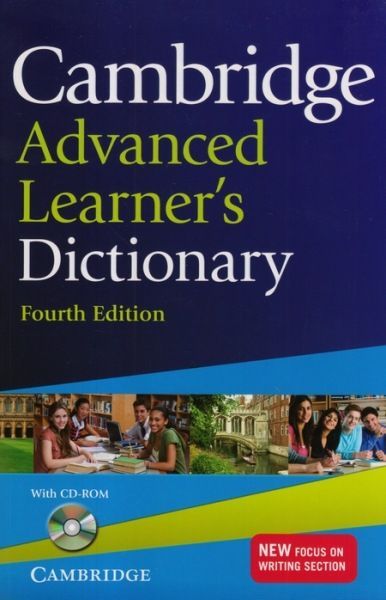

In southern India (especially in Golkonda and Bijapur), a form of the language flourished in medieval India and is known as Dakhini, which contains loanwords from Telugu and Marathi. In cities such as Delhi, the Indian language Old Hindi began to acquire many Persian loanwords and continued to be called "Hindi" and later, also "Hindustani". The contact of the Hindu and Muslim cultures during the period of Islamic conquests and in the Indian subcontinent (12th to 16th centuries) led to the development of Hindustani as a product of a composite Ganga-Jamuni tehzeeb. It belongs to the Western Hindi group of the Central Indo-Aryan languages.

In the Delhi region of India the native language was Khariboli, whose earliest form is known as Old Hindi (or Hindavi).

Some linguists have suggested that the earliest forms of Urdu evolved from the medieval (6th to 13th century) Apabhraṃśa register of the preceding Shauraseni language, a Middle Indo-Aryan language that is also the ancestor of other modern Indo-Aryan languages. Urdu, like Hindi, is a form of Hindustani. According to Ethnologue's 2018 estimates, Urdu is the 11th most widely spoken language in the world, with 170 million total speakers, including those who speak it as a second language. Īccording to Nationalencyklopedin's 2010 estimates, Urdu is the 21st most spoken first language in the world, with approximately 66 million who speak it as their native language. Deccani, an older form used in the south, became a court language of the Deccan Sultanates in the 16th century. Urdu became a literary language in the 18th century and two similar standard forms came into existence in Delhi and Lucknow since 1947 a third standard has arisen in Karachi. Religious, social, and political factors arose during the colonial period that advocated for a distinction between Urdu and Hindi, leading to the Hindi–Urdu controversy. Urdu was chosen as the language of East India Company rule across northern India in 1837 when the Company chose it to replace Persian, the court language of the Indo-Islamic empires. While formal Urdu draws literary and technical vocabulary from Persian, formal Hindi draws these from Sanskrit. Urdu and Hindi share a common Indo-Aryan vocabulary base, phonology and syntax, making them mutually intelligible in colloquial speech. Urdu has been described as a Persianised standard register of the Hindustani language. In Nepal, Urdu is a registered regional dialect. In India, Urdu is an Eighth Schedule language whose status, function, and cultural heritage is recognized by the Constitution of India it has some form of official status in several Indian states. It is the official national language and lingua franca of Pakistan. Urdu ( / ˈ ʊər d uː/ Urdu: اُردُو, ALA-LC: Urdū) is an Indo-Aryan language spoken chiefly in South Asia. Without proper rendering support, you may see unjoined letters running left to right or other symbols instead of Urdu script. For an introductory guide on IPA symbols, see Help:IPA. Without proper rendering support, you may see question marks, boxes, or other symbols instead of Unicode characters. This article contains IPA phonetic symbols. Areas where Urdu is neither official nor co-official


 0 kommentar(er)
0 kommentar(er)
